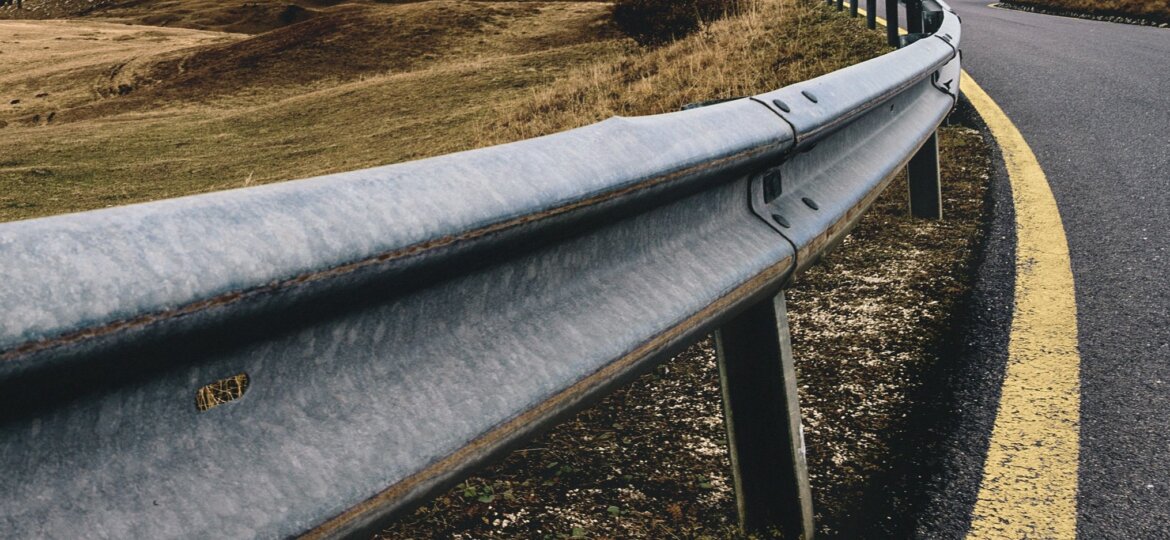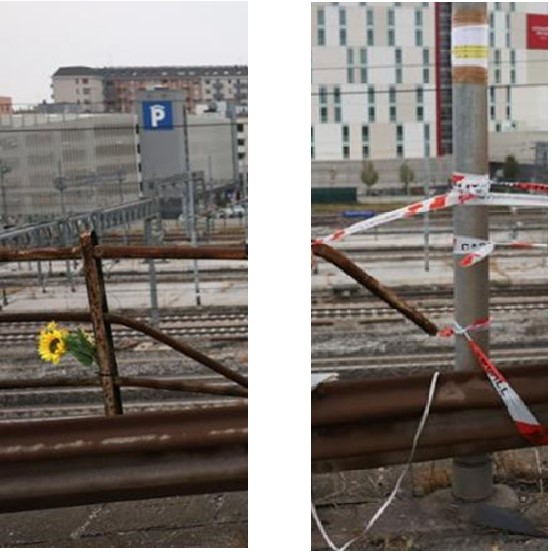
Vehicles off the roadway is unfortunately a well-known and statistically frequent phenomenon: more than 10.000,00 cases per year. It may be recalled that data from the Aci-Istat report on road traffic accidents in 2007 showed that the most common cases of accidents involving isolated vehicles related to the spillage or skidding of the vehicle, resulting in 20.963 accidents with 990 casualties and 26,191 injured persons.
Despite a decrease in numbers and provisions aiming to improve the safety of the roads also with regard to guardrails, the situation remained very serious over the following years. If in 2017 the spillage or skidding of the vehicle, among accidents involving isolated vehicles, resulted in 15.347 cases, in which 574 people lost their lives and 18.878 were injured, representing 8.8% of total accidents, in 2022 the spillage or skidding of the vehicle represented again the second most common type of accidents involving isolated vehicles, with 12.994 cases and 516 fatalities.
In view of this very high risk, the infringements attributable to owners or custodians of urban and extra-urban roads persist due to the failure to take preventive measures including new jersey and guardrail.
There is a large number of provisions in this regard. Suffice it to mention Ministerial Decree No. 2367 of 21 June 2004, which in Article 2 states that: « Road safety barriers and other restraining devices shall be installed essentially in order to achieve, for road users and for outsiders who may be present, acceptable safety conditions in relation to the configuration of the road, guaranteeing, within certain limits, the restraint of vehicles tending to run off the roadway. Road safety barriers and other restraining devices must therefore be suitable for absorbing part of the energy of the moving vehicle while limiting the effects of impact on passengers».
It seems that the persons in charge with the obligations to ensure the road safety, including passive safety, have not taken care to do so and yet serious tragedies that have occurred over the years should have pushed towards more extensive and faster safety intervention.
How not to remember the well-known accident of Monteforte Irpino, under the viaduct of Acqualonga, where a bus travelling on the A16 motorway crashed on the evening of 28 July 2013, causing 40 deaths. It is recent news that, ten years after the tragedy, at the end of September, the Second Court of Appeal of Naples sentenced to six years the former CEO of Aspi, considered co-responsible for the massacre. The Public Prosecutor argued that the barriers, against which the bus crashed before plummeting into the void, could have withstood the impact if the pins, anchoring them to the ground, had not been corroded by salt, commonly used against snow and ice.
Impossible not to think of the last unfathomable tragedy that occurred in Mestre on 3 October 2023, where 21 passengers died. Beyond the reasons that caused the skidding of the bus crashing under the overpass near the Mestre-Marghera tracks, several doubts have already been raised about the condition of the guardrail and protective barriers. In fact, a glance at the photographs in the media, reveals an incredibly rusty railing and guardrail at the point where the bus overturned the road: an absolute lack of safety that could have had a causal effect on the occurrence of the massacre.

In several cases handled by our law firm, unfortunately, we have been able to acknowledge that serious deficiencies in passive road safety have significantly contributed to deaths and serious injuries to car drivers and motorcyclists.
The importance of the design and maintenance of roads and protective measures (barriers, guard-rails, etc.) on the prevention of road accidents was already raised in 2004 by the World Health Organisation, which in its World Report on road traffic injury prevention outlined the usefulness and necessity of roadside protective barriers, pointing out their important impacts in safeguarding the lives of road users.
The lack of safety in our roads is in contrast with what was already hoped for in the White Paper of 13 September 2001 in which the European Union had set an ambitious target, namely to halve the numbers of persons deceased in road accidents within 2010.

